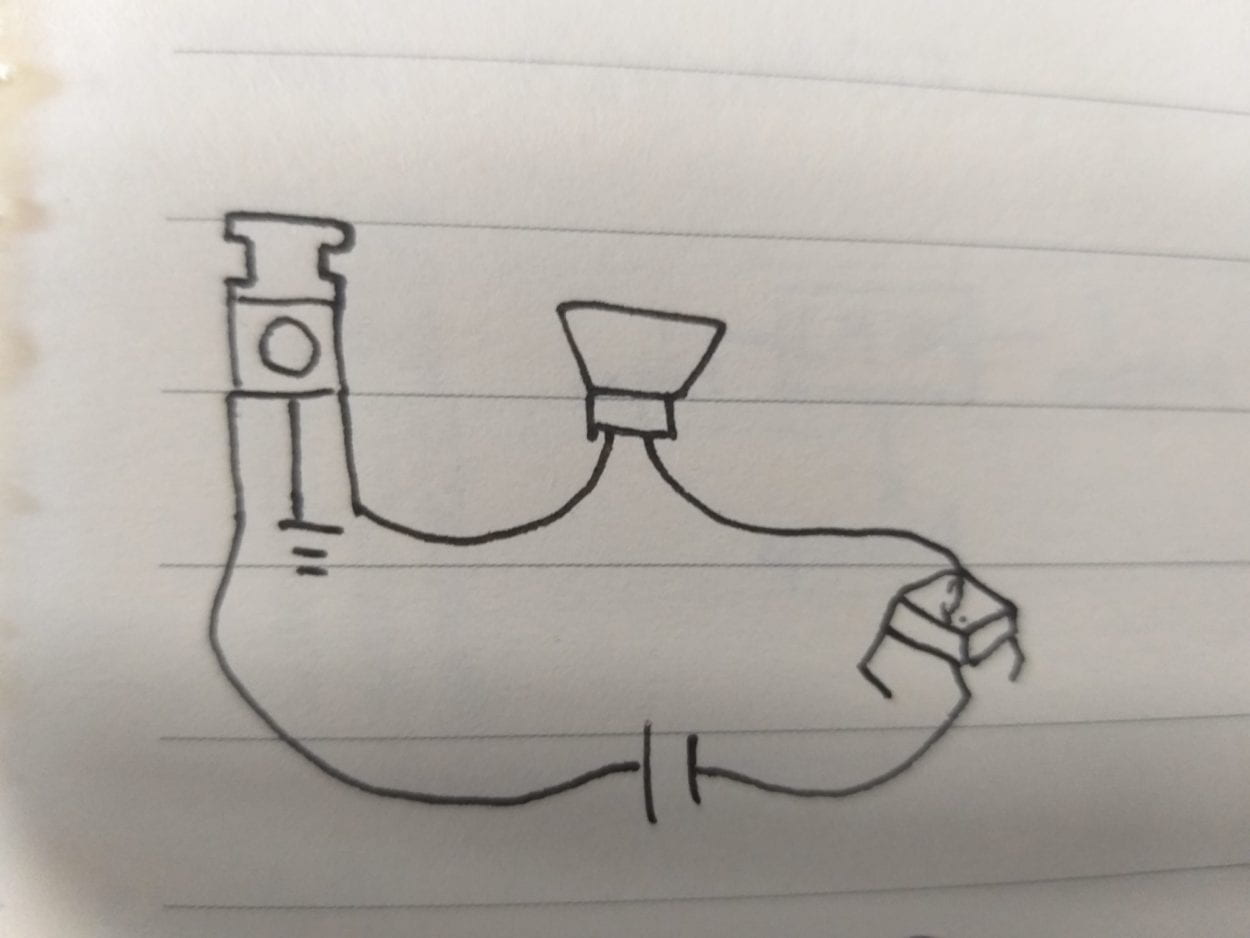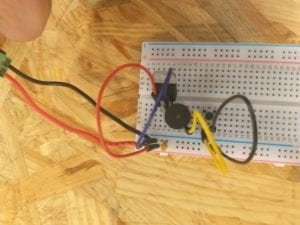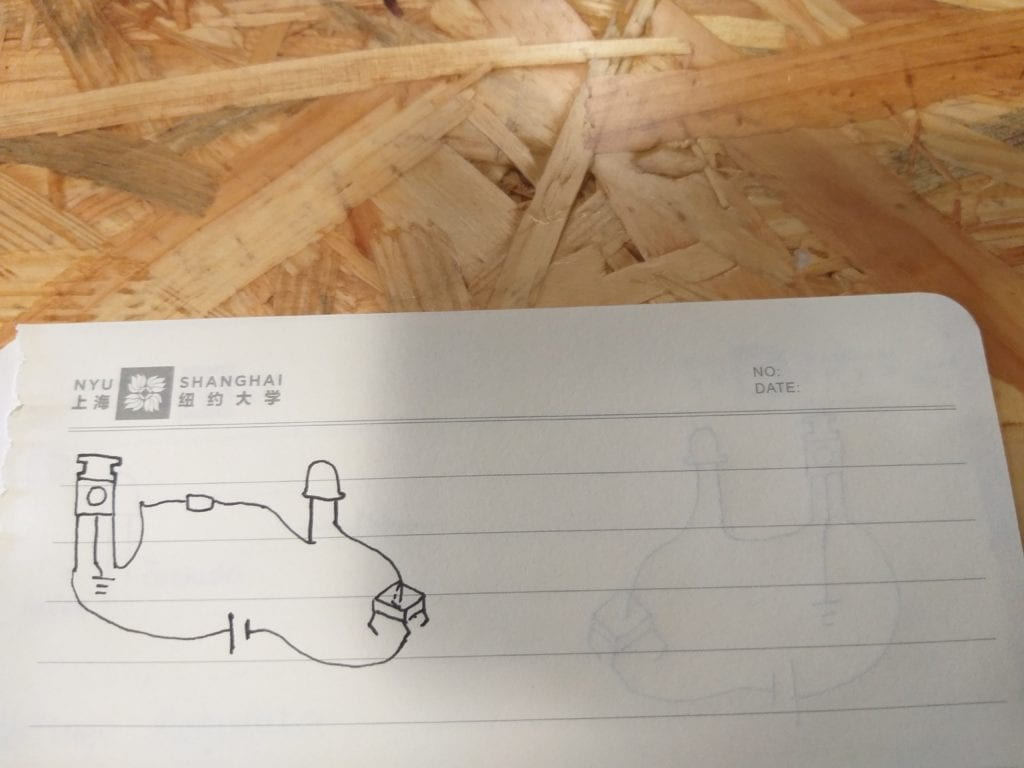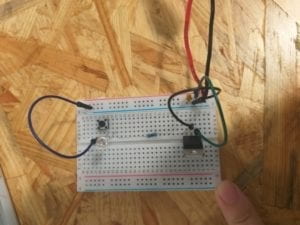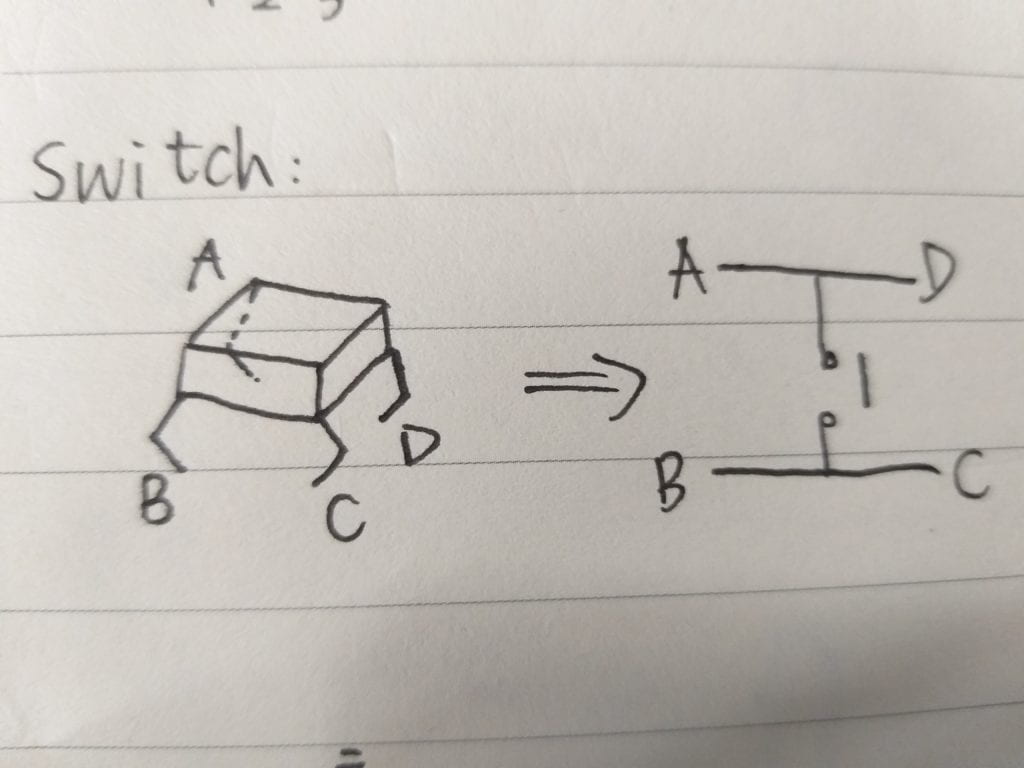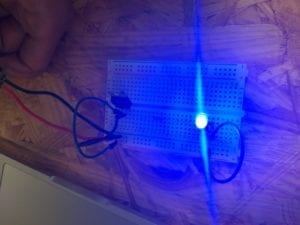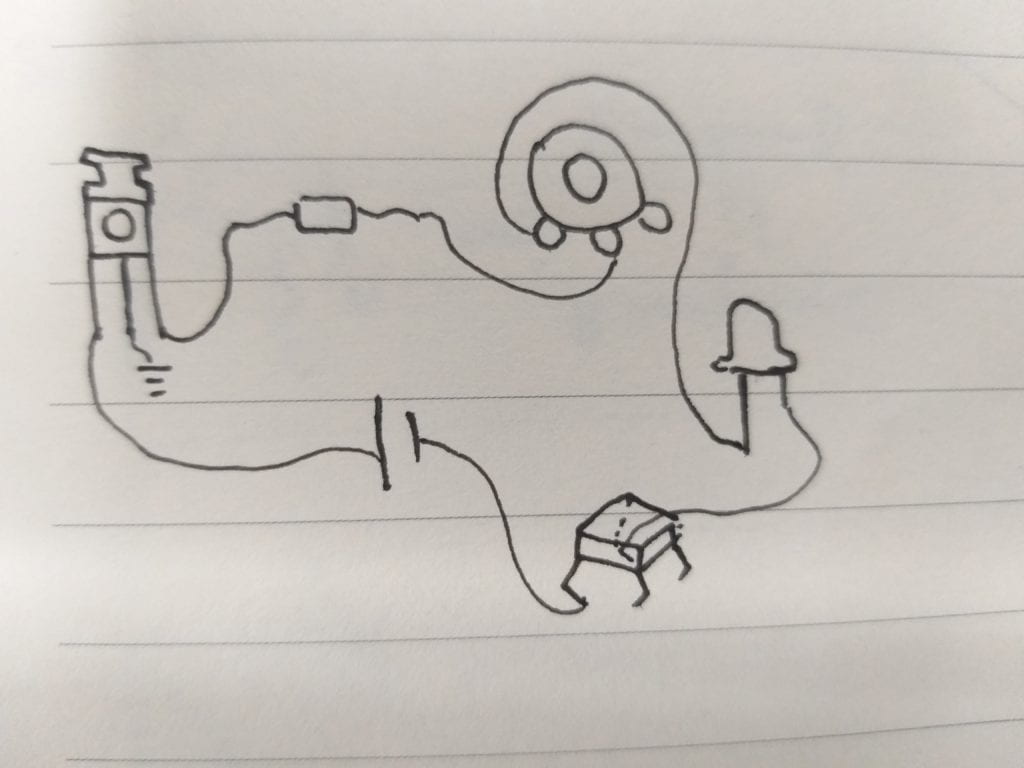the first two circuits are easy to build. Just connect as the schematic suggests.
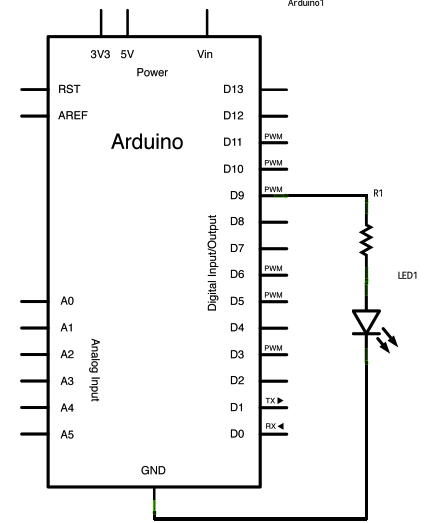
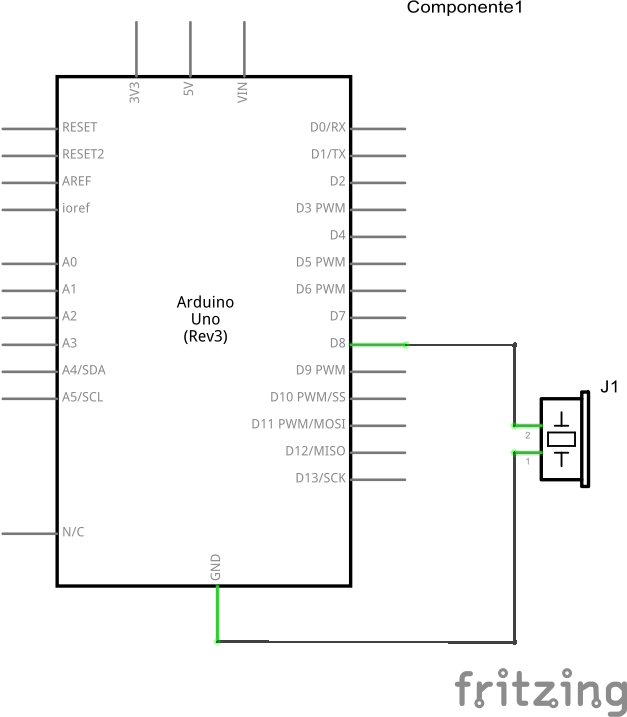
For the second circuits, we change the code in order to change the melody, it’s pretty fun!
The third one is quite difficult. We need to first read the schematic, not only to know how are the wires connected but also how the electricity flows between each component. The first time we upload the code, it doesn’t work. Later we found out that we forgot to ground one of the LEDs. The 10k ohm resistor is in parallel connection with the switch. and the 220 ohm resistor is in series connection with the LED. There’s another problem I encountered in the drawing of the schematic: no mater how I draw it, two of the wires always run across each other. With the help of Jingtian, I know how to draw the crossing but not connected wires.
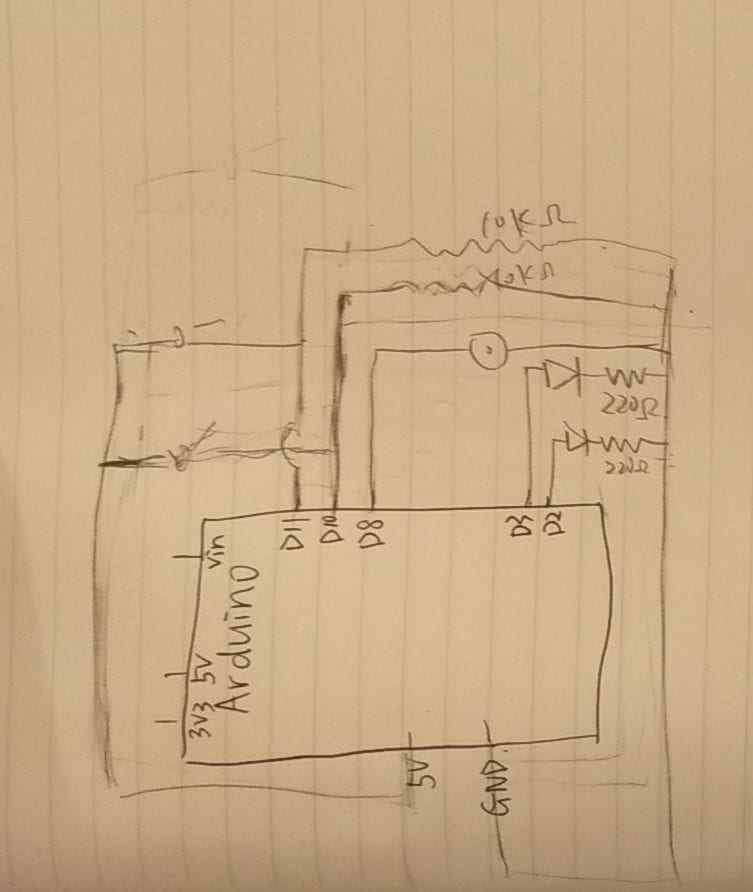
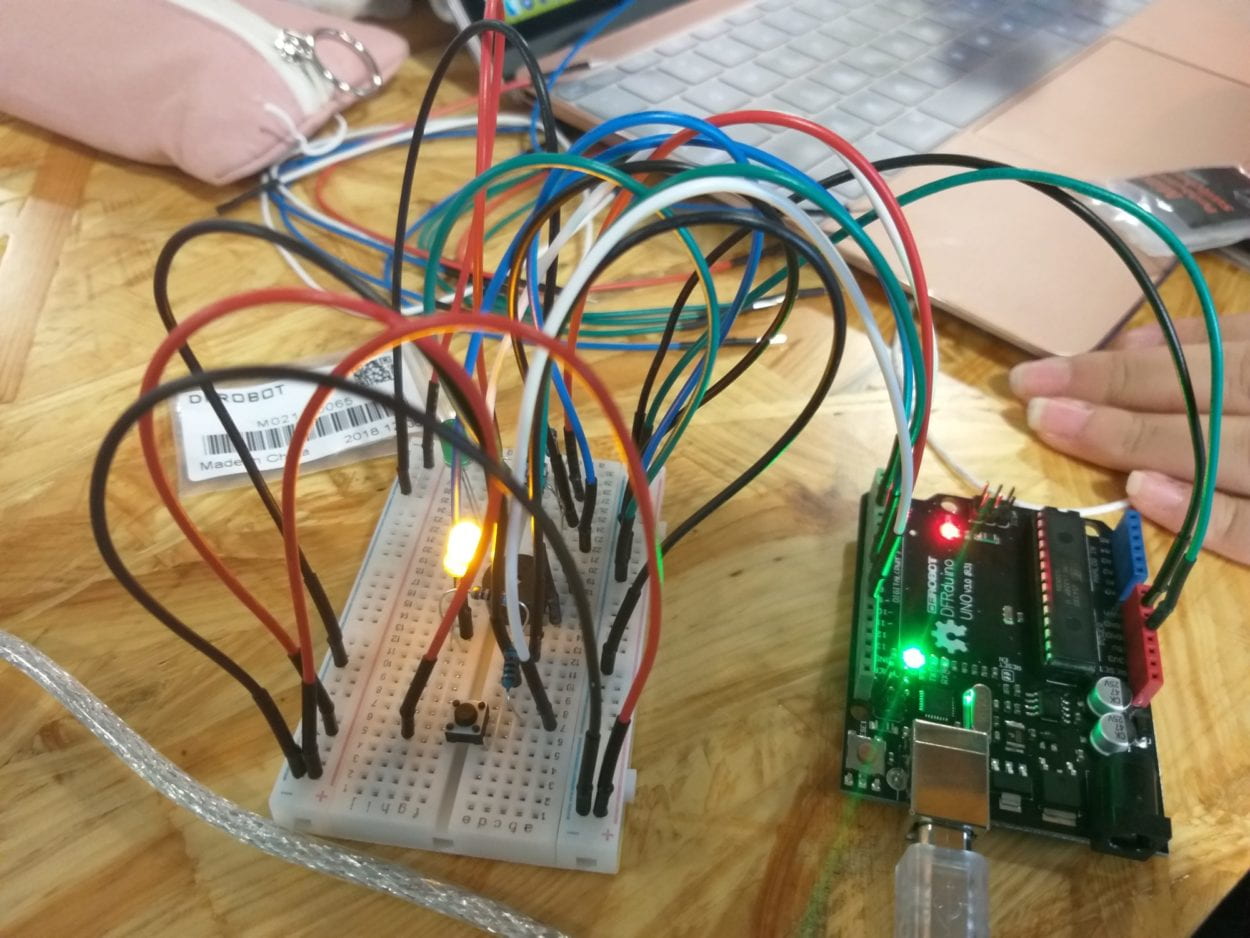
Q1: I feel like I’m involved with technology anytime and anywhere. Even when I’m taking the piano courses, we use the electric piano to practice: every one plug in their headphones so that what they are playing can only be heard by themselves. It’s really convenient since there’s 8 people in our class, with the help of this technology, we can practice together and not disturbing others. This improve the efficiency of the class a lot. Also, I am sometimes consciously reducing my time of using phones. We are so used to phones. My definition of interaction: two or more agents response to each other through a medium. The two agents don’t have to be humans, they can also be machines.
Q2: To protect the button from to much current.
Q3: I’ll make an LED carpet to put in my dorm that can change the brightness of light according to the environment.

